The Future of Smart Shared Mobility: A Perfect Integration of CAN Bus and IT Systems
.jpg)
With the rapid acceleration of urbanization, the global demand for sustainable transportation solutions is growing. Shared transportation options, such as shared cars, scooters, bicycles, and e-scooters, have become an integral part of our daily lives. These tools not only provide convenient mobility but also play a significant role in environmental protection and urban space utilization. However, with the increasing popularity of shared transportation, challenges around safety and management efficiency have emerged. In response, smart safety solutions that integrate CAN Bus and IT systems are paving the way for systematic upgrades and optimization in shared mobility.
Future Trends: Smart Solutions Combining CAN Bus and IT Technology
The rise of shared transportation offers users a flexible and convenient way to travel. However, parking security remains a challenge since most people do not carry personal locks. Although many cities have established shared parking stations, these often face operational inconveniences, such as complicated processes or an inability to handle peak demand. These challenges underscore the urgency of enhancing theft prevention and improving management efficiency for shared vehicles.
The Technical Advantages of CAN Bus and IT Systems
Reliability and Real-Time Capabilities

Low Power Consumption and Lightweight Control
Shared vehicles, especially electric bicycles, require excellent battery life. CAN Bus offers low-power, high-efficiency local transmission, making it ideal for devices constrained by battery capacity. By offloading heavy computational and data analysis tasks to a cloud platform, the vehicle itself only needs to handle lightweight controls, thereby extending battery life and enhancing user experience.
Scalability and Modular Architecture
The modular design of CAN Bus enables flexible expansion of shared vehicle functions. For instance, on an electric bicycle, components like tire pressure monitoring, tilt sensors, and power assistance can be easily integrated or replaced as needed. Data from these modules is instantly transmitted to a central control unit, ensuring seamless system coordination and improved safety and stability. These modules are not static hardware; they can be dynamically upgraded and maintained remotely via a cloud platform supported by IT systems. For example, if the tire pressure monitoring system detects an anomaly, the data is immediately uploaded to the cloud, allowing operators to notify users and arrange repairs quickly. Operators can also push algorithm optimizations or system updates remotely, reducing maintenance costs and improving efficiency.
Furthermore, data collected via CAN Bus can be analyzed using IT systems for big data insights, optimizing vehicle distribution, predicting peak demand, and minimizing operational costs. By combining real-time monitoring with rental history analysis, operators can better understand customer needs, improve user experiences, and gain a competitive edge.
Upgraded Safety Features: Creating a Premium Shared Experience
With technological advancements, smart safety platforms have become core components of shared mobility. These platforms combine the strengths of CAN Bus and IT systems to deliver comprehensive vehicle monitoring and user interaction, significantly enhancing user convenience and trust. For example, through a mobile app, users can check vehicle locations, battery levels, make reservations, and unlock vehicles in real-time. Meanwhile, operators can monitor vehicle status through backend systems, further ensuring safe usage.
In Europe’s shared e-bike model, many operators have adopted integrated IT systems. From anti-theft chip technology to dynamic vehicle scheduling, these innovations not only improve vehicle management efficiency but also significantly boost user engagement.
SINOX provides locking solutions for various industries and has recently launched a diverse range of lock designs tailored to shared mobility needs, including Kickstand locking devices and horseshoe locks. The Kickstand locking device, integrated with CAN Bus security systems, is specifically designed for electric bicycles, offering convenient locking and unlocking through smartphones. Additionally, SINOX offers customized smart locking solutions for recreation, entertainment, transportation, and other industries—perfectly blending security and convenience to upgrade the shared mobility experience.
Building a Comprehensive Shared Ecosystem: From Apps to Cloud Management
Intelligent Transportation Systems (ITS) have become a global trend, and shared mobility—an essential part of micro smart transportation—can seamlessly integrate into urban smart traffic networks. For example, integrating with smart traffic lights and parking systems not only enhances urban governance but also promotes sustainable environmental development.
In the future, shared mobility will evolve beyond being a simple transportation method. It will become a vital pillar of urban smart development. By deeply integrating CAN Bus and IT systems, operators can build a more efficient, secure, and sustainable shared transportation ecosystem, empowering the next generation of urban mobility and environmental solutions.

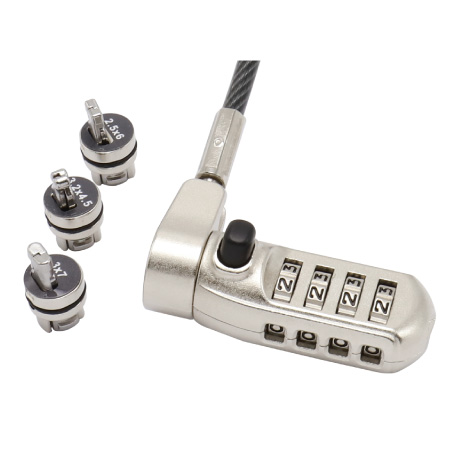
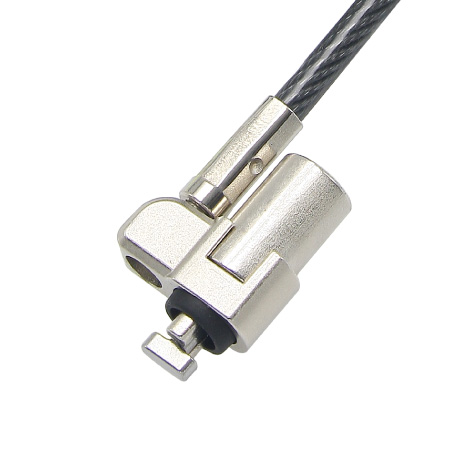
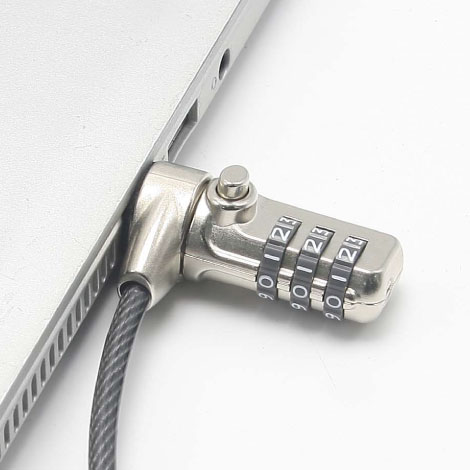
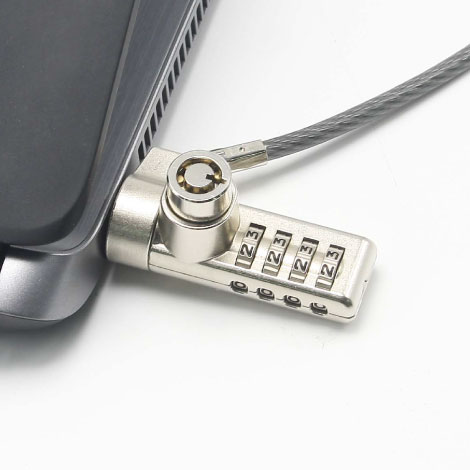
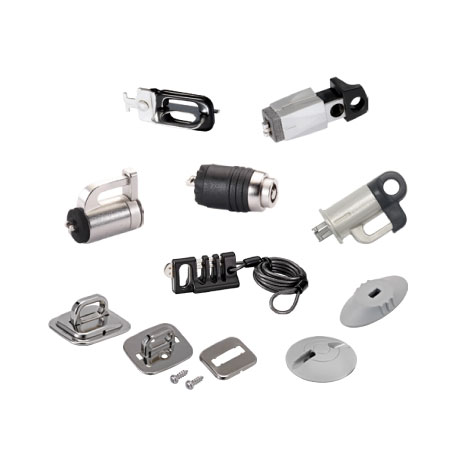
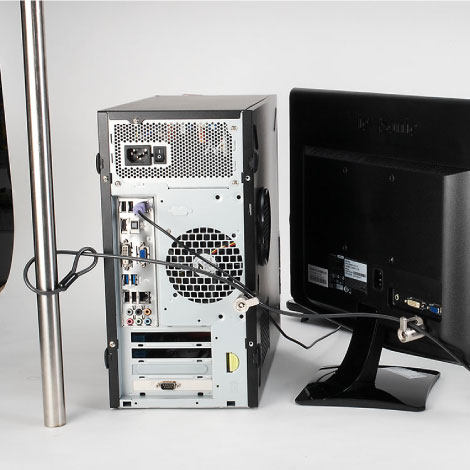
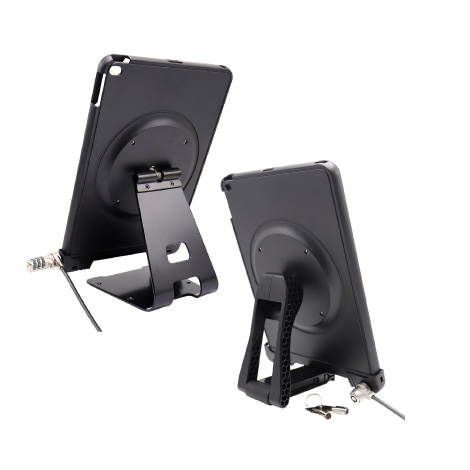
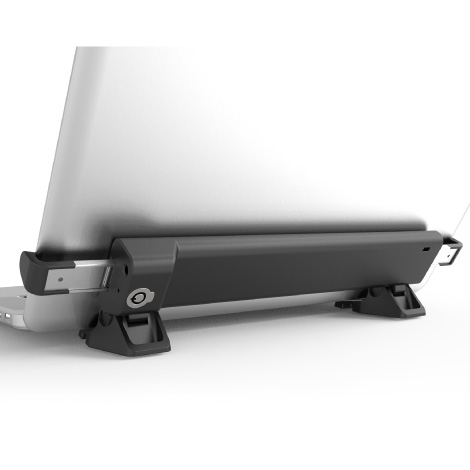
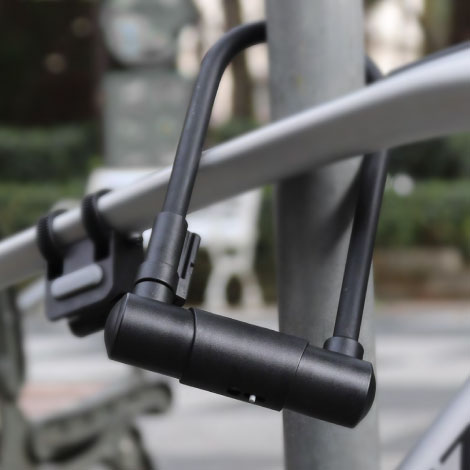
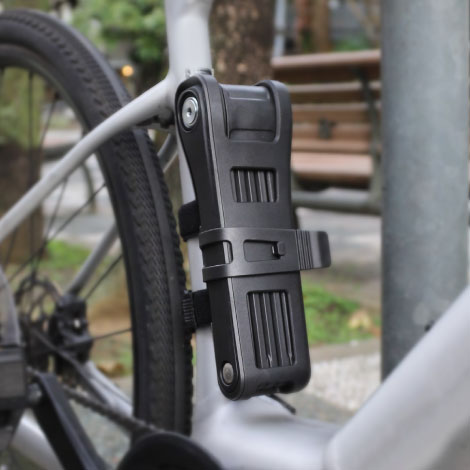
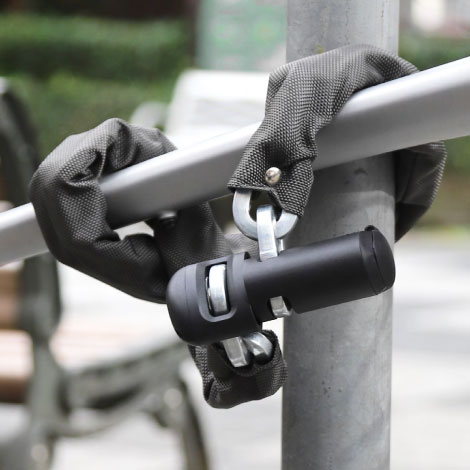
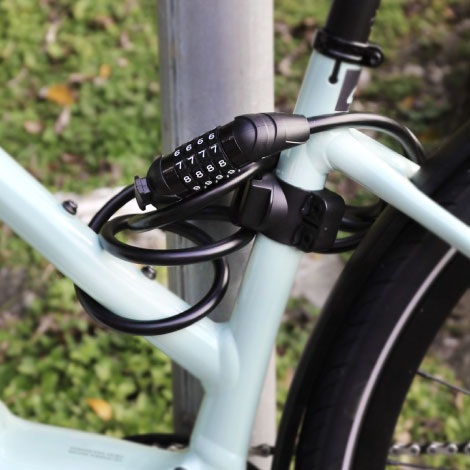
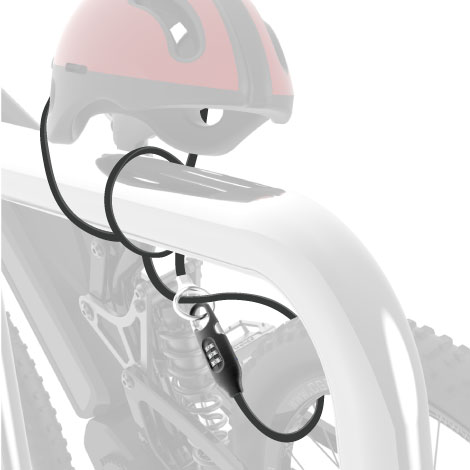
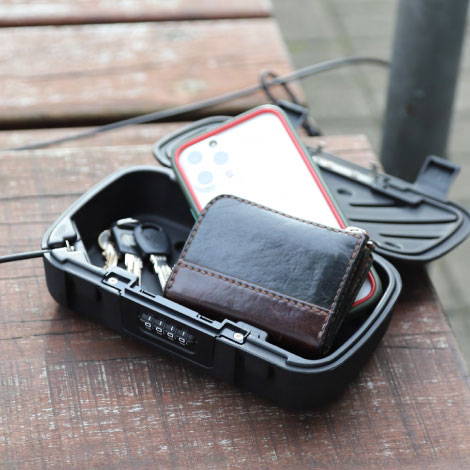
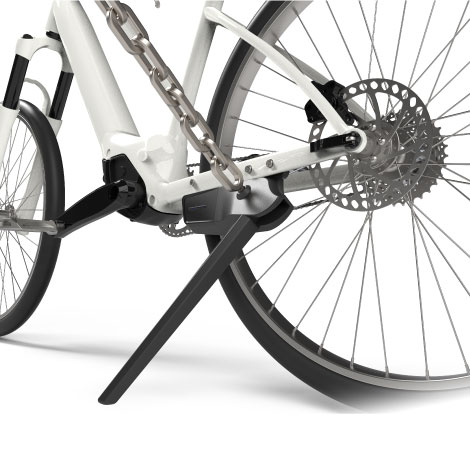
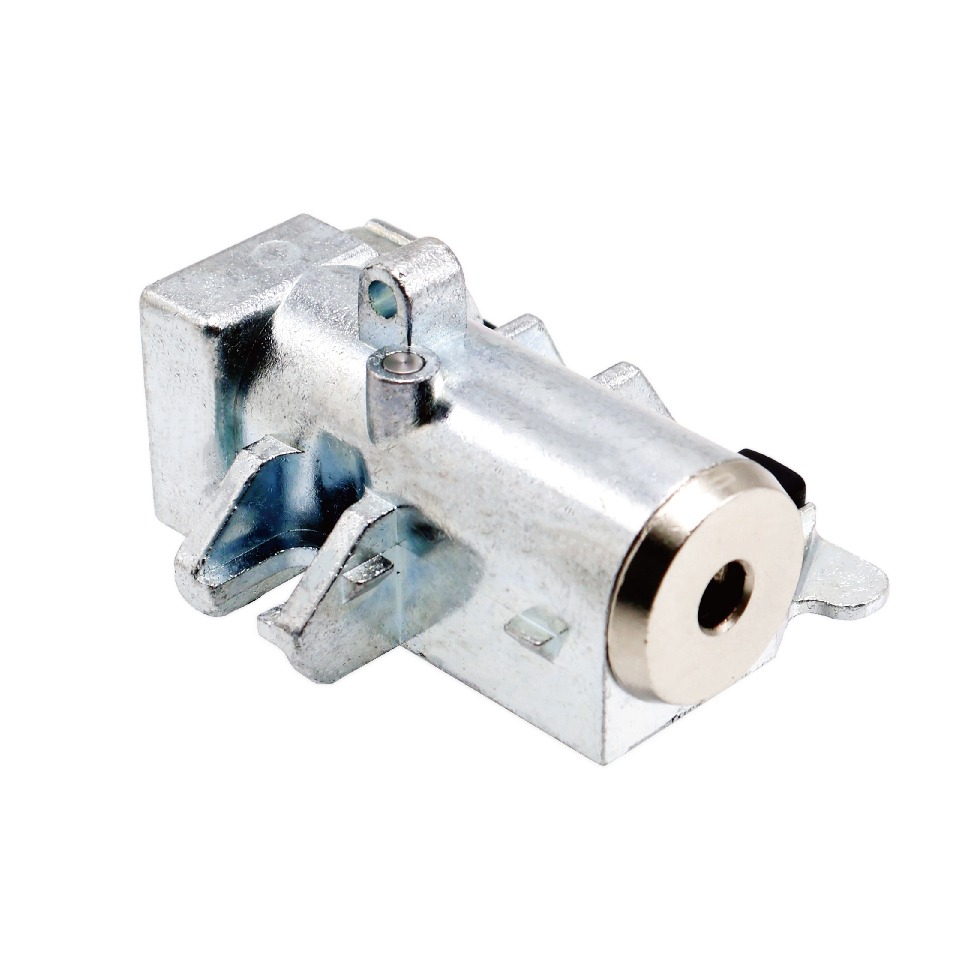
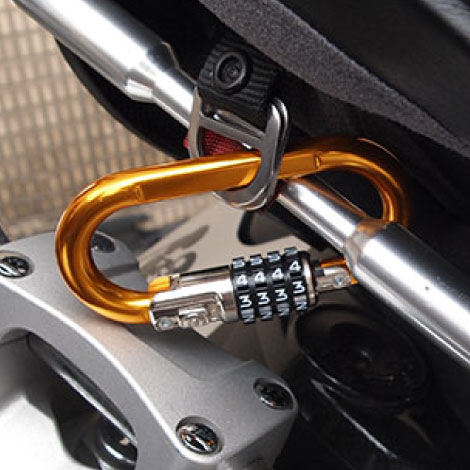
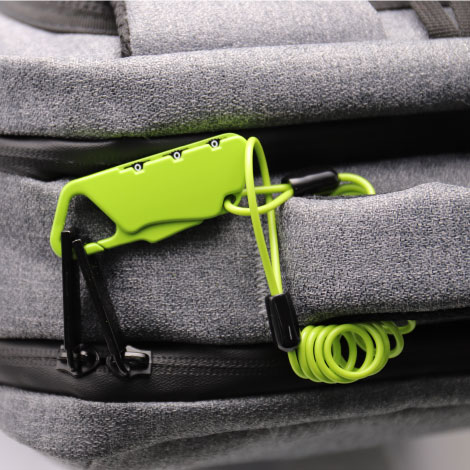
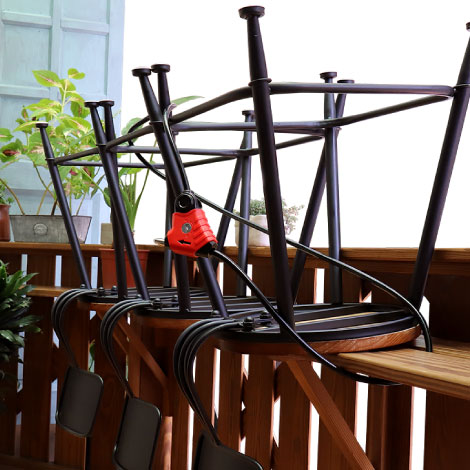
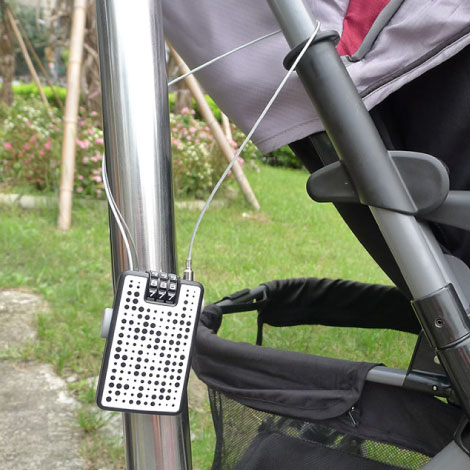



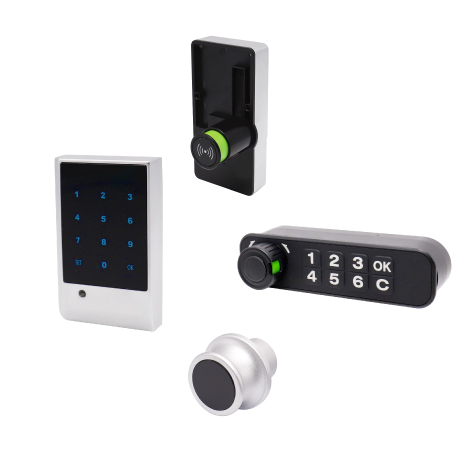

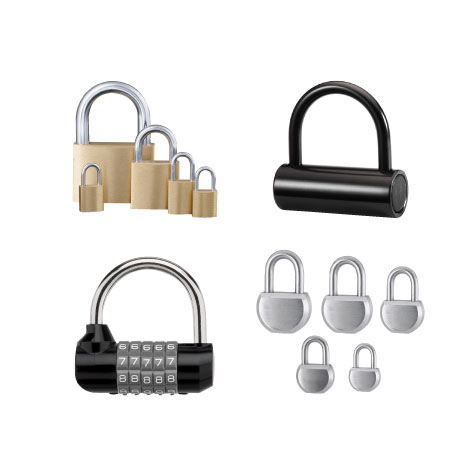
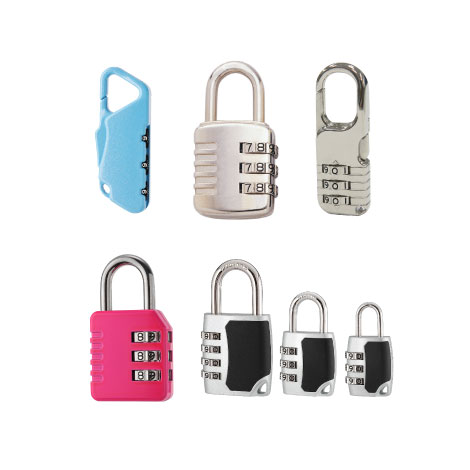


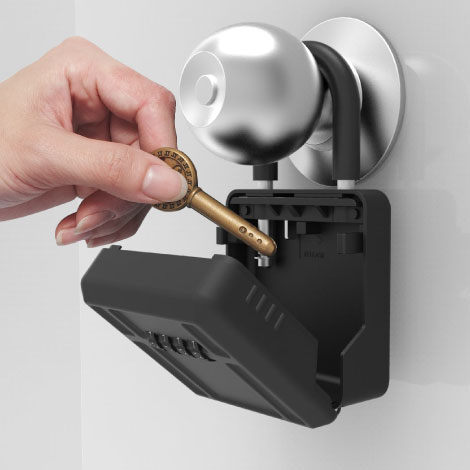
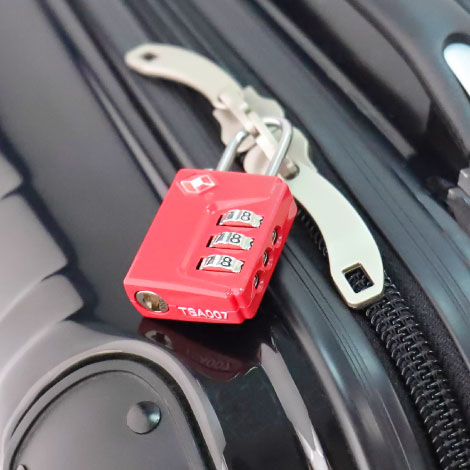
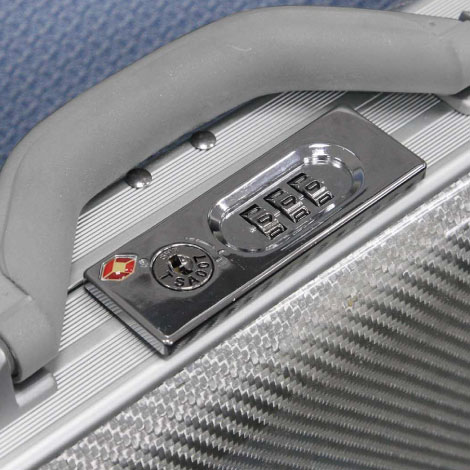
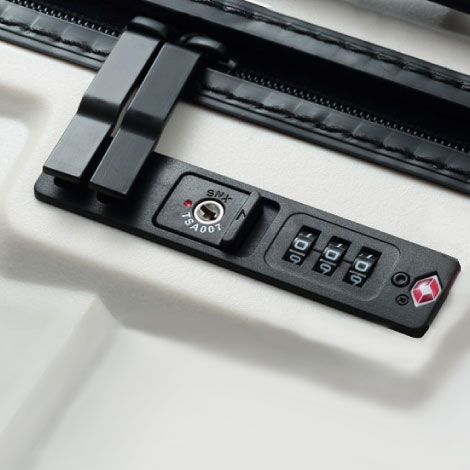
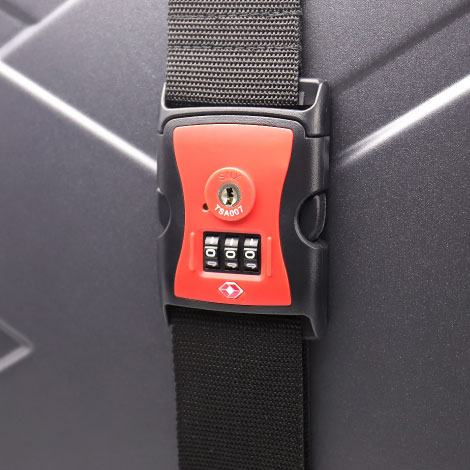
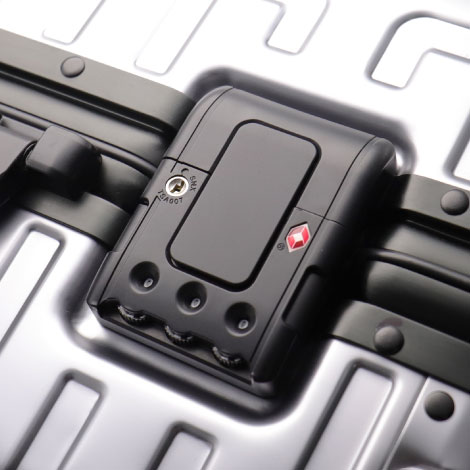

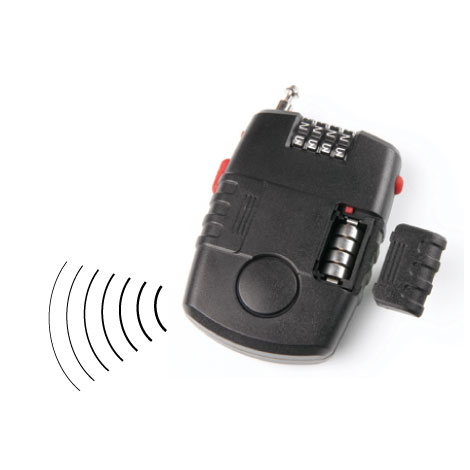
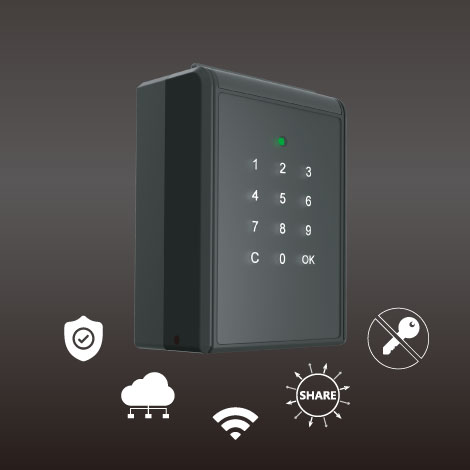
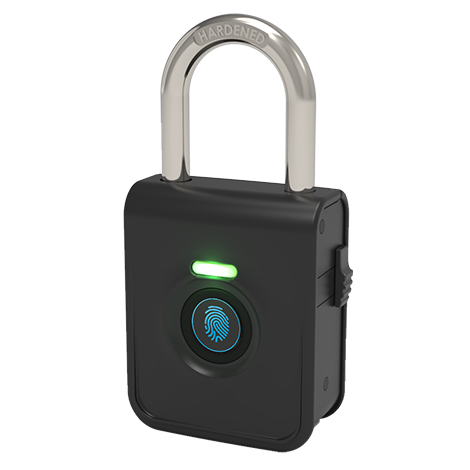
 English
English 繁體中文
繁體中文 简体中文
简体中文.jpg)